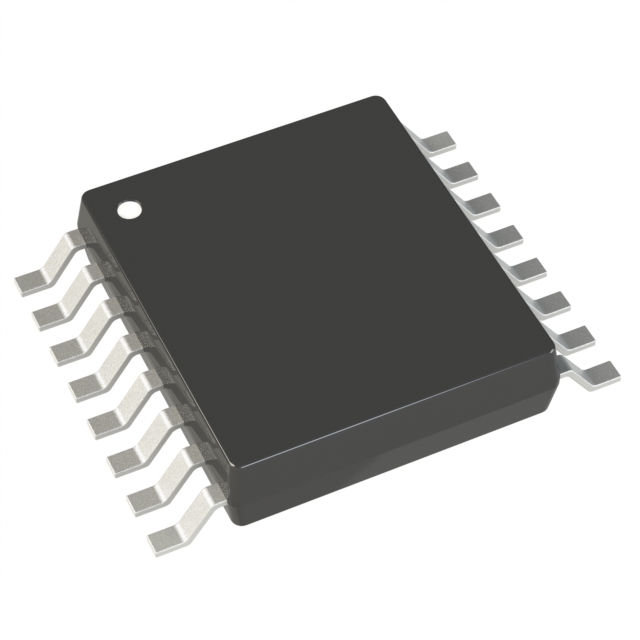| What is a parking sensor |
| Types of parking sensors |
| How parking sensors work |
| The use of parking sensors |
| How to use the parking sensor |
-Original content, please do not reprint.
What is a parking sensor
A parking sensor is an auxiliary device based on electronic technology, primarily using ultrasonic or electromagnetic wave detection methods to measure the distance between a vehicle and surrounding obstacles in real time, providing guidance for drivers. Such devices are also known as geomagnetic sensors, which work by monitoring changes in the Earth's magnetic field to identify the parking status of vehicles. This sensor not only accurately locates the vehicle but also records the duration of parking. By interacting with intelligent parking management systems, it enables automated management and optimized allocation of parking spaces, thereby enhancing the operational efficiency and management level of parking lots.
Types of parking sensors
Parking sensors can primarily be categorized into three types based on their measurement principles: ultrasonic, electromagnetic, and camera-based. Among these, ultrasonic sensors are the most widely used. They work by emitting ultrasonic signals and receiving reflected waves to accurately measure distance using the time difference between emission and reception. Electromagnetic sensors rely on the reflection characteristics of electromagnetic waves for distance measurement, showing higher sensitivity when detecting metal objects. Camera-based sensors capture images of the vehicle's surroundings through an internal camera and use advanced image recognition algorithms to analyze the spatial relationship between the vehicle and obstacles, achieving intelligent distance measurement.
![1741340206322081.png U~9U[}YT31DLY0RL]WAOF%R.png](/image/ueditor/php/upload/image/20250307/1741340206322081.png)
How parking sensors work
• Parking sensors operate based on magnetic field induction technology, capable of accurately detecting subtle changes in the magnetic field strength of underground parking spaces to precisely determine the usage status of the space. When a vehicle enters or leaves a parking spot, the geomagnetic sensor immediately responds to this change, collecting real-time information about the parking space status. This information is then synchronized to the parking management platform via a data transmission system, enabling dynamic updates and management of parking data.
• The intelligent parking sensor system is primarily composed of core components such as magnetic detection units, data aggregation terminals, and a parking management platform. The system deploys magnetic sensor nodes beneath each parking space to continuously monitor the usage status of the spaces. The data aggregation terminal is responsible for receiving and integrating real-time data from various sensors, uploading information to the central management platform via wired or wireless transmission methods. The parking management platform performs intelligent analysis and visual processing on the collected data, providing users with precise parking space status inquiries and parking guidance services, significantly enhancing the operational efficiency and management level of the parking lot.
The use of parking sensors
• Intelligent parking systems are now widely applied in various scenarios, including commercial complexes, shopping centers, transportation hubs, and public medical institutions. The system significantly enhances the parking experience through intelligent management, making the parking process more efficient and convenient. At the same time, it effectively increases the turnover rate of parking spaces, maximizing the utilization of space resources. By intelligently analyzing parking data, it provides strong support for operational decisions in parking lots, comprehensively improving the operational efficiency and management level of parking facilities.
How to use the parking sensor
•The installation and calibration of parking sensors should be configured according to the vehicle type and sensor characteristics. For ultrasonic and electromagnetic sensors, they are typically installed at specific external locations on the vehicle, such as the rear bumper area; whereas camera sensors are suitable for installation on the top of the vehicle. After completing the physical installation, professional calibration and adjustment must be carried out, including distance calibration and sensitivity adjustment, to ensure the accuracy of sensor measurement data and the reliability of system operation, thereby providing accurate parking assistance information to the driver.








